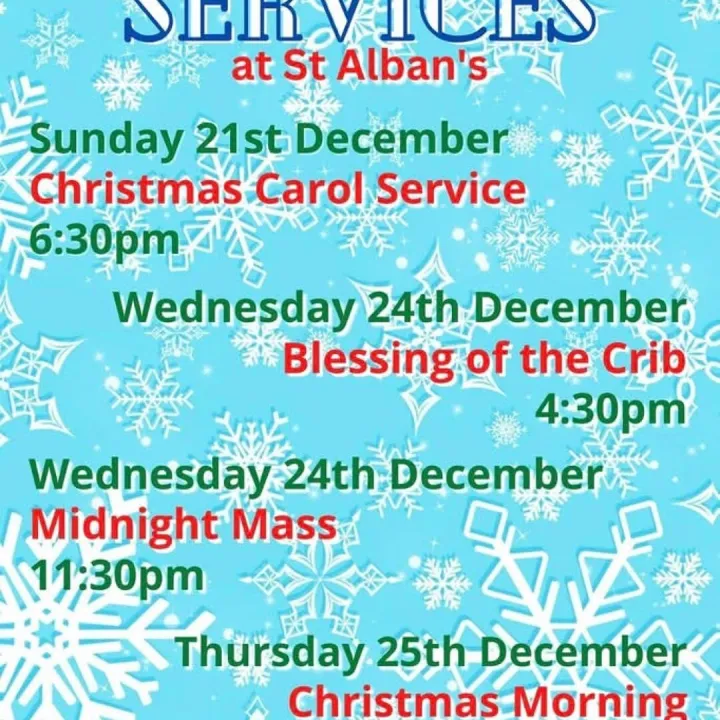HOT CROSS BUNS
Whilst Hot Cross Buns were traditionally eaten on Good Friday, we can now buy and enjoy them all year round.
In the nineteenth century they were sold by street vendors who were so commonplace that they inspired a song which has now become a children's nursery rhyme:
{Hot cross buns! Hot cross Buns!
One a penny, two a penny
Hot cross buns
If you have no daughters
Give them to your sons
One a penny, two a penny
Hot cross buns}
Sometimes the cross was simply cut into the top. More expensive hot cross buns and almost all those you can buy today, have the cross added to the top with some form of icing or sweet pastry. It is possible that this difference between basic and iced buns was responsible for the different prices – "one a penny, two a penny" – in the nursery rhyme.
EASTER EGGS
Long ago people gave gifts of eggs carved from wood or precious stones. Fabergé eggs are the most well- known example of this. The Tsar of Russia would give a precious bejewelled Easter egg to his wife, the Empress. Each beautiful egg would open and contain a surprise.
The first sweet eggs that were eaten were made in the last 100 years from sugar or marzipan. Since then chocolate eggs have become popular and these are given on Easter Sunday.
The shape of the egg reminds us of the tomb in which Jesus was buried on Good Friday.
Eggs, and the chicks that come out of them in springtime, remind us of "New Life".
At Easter we think especially of the "New Life" of Jesus when He rose from the dead.
EASTER BUNNY
Rabbits have been associated with springtime since ancient times. Eostre was the Anglo- Saxon Goddess of Spring and her sacred animal was the hare since it was a symbol of fertility and the rebirth of nature following winter. Our word Easter and the 'Easter Bunny' come from this pagan base.
JOIN US AT ST ALBAN'S TO CELEBRATE THE EASTER STORY ON SUNDAY 27TH MARCH
Get In Touch
Tattenhall Online is powered by our active community.
Please send us your news and views using the button below:









